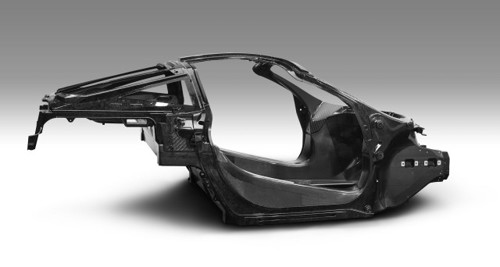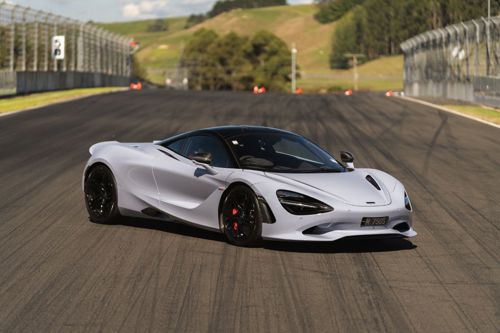A new draft revision of the European Union’s End of Life Vehicles (ELV) Directive has proposed classifying carbon fibre as a hazardous material, potentially reshaping the automotive industry's future.
If adopted, the regulation would prohibit the use of carbon fibre in vehicles from 2029 onwards, prompting alarm among automakers and suppliers heavily reliant on the material to meet performance and efficiency targets.
The EU has previously taken similar steps, including a ban on decorative chrome plating due to its toxic by-products.
Weight-saving tech under threat

Carbon fibre is prized for its strength-to-weight ratio, making it a go-to for cutting vehicle mass - particularly crucial for electric vehicles (EVs), which must offset the hefty weight of battery packs.
While more expensive than steel or aluminium, carbon fibre’s performance gains - especially in handling, efficiency, and range - make it indispensable for premium and performance-oriented models.
However, the EU's concern lies not in how the material functions in a vehicle, but in how it behaves at end-of-life.
When resin-bound carbon fibre components are scrapped, fine airborne filaments can be released, posing risks to human health and machinery. These particles can cause skin and mucosal irritation and disrupt equipment via short circuits.
High-stakes fallout for Japanese suppliers

Should the classification become law, Japanese producers Toray Industries, Teijin and Mitsubishi Chemical - who control 54% of the global carbon fibre market - would be particularly exposed.
For Toray, the automotive sector ranks just behind aerospace and wind energy, and half of its automotive carbon fibre business is tied to Europe.
According to Nikkei Asia, cars currently make up 10 to 20% of global carbon fibre demand, a figure expected to rise sharply as EV uptake grows. The global market, valued at around NZ$9.2 billion in 2024, is projected to reach over NZ$28.6 billion by 2035.
Possible impacts for New Zealand

Although the draft regulation is EU-specific, its effects would likely extend to global markets - including New Zealand. Many premium vehicles sold locally are built in or for Europe, meaning any ban on carbon fibre could reshape model availability and pricing here.
Pure EVs may also be particularly affected. If carmakers are forced to redesign EV platforms without carbon fibre, performance and efficiency targets could be harder to meet. That could delay local rollouts or increase costs for future models.
Beyond new vehicles, the aftermarket and motorsport sectors could also feel pressure if carbon fibre supply tightens globally. Rising costs or reduced availability would impact everything from body kits to racing components - areas where New Zealand maintains a strong enthusiast scene.
2029 deadline provides breathing room

While the proposal has sparked industry concern, it’s still in draft form and faces potential amendments or opposition before becoming law.
If passed, the 2029 implementation date provides manufacturers with a four-year buffer to adapt materials and processes - though that timeline may be tight for product development cycles.
The move would also impact brands beyond the EV space.
McLaren, for instance, builds its entire supercar chassis out of carbon fibre. Hybrid and ICE models across several marques also use the material in structural and aesthetic applications.
As it stands, the auto industry is watching Brussels closely. A formal vote and subsequent legal process will determine whether carbon fibre joins the EU’s list of restricted substances - and whether the automotive sector can afford to lose one of its most advanced lightweight materials.





